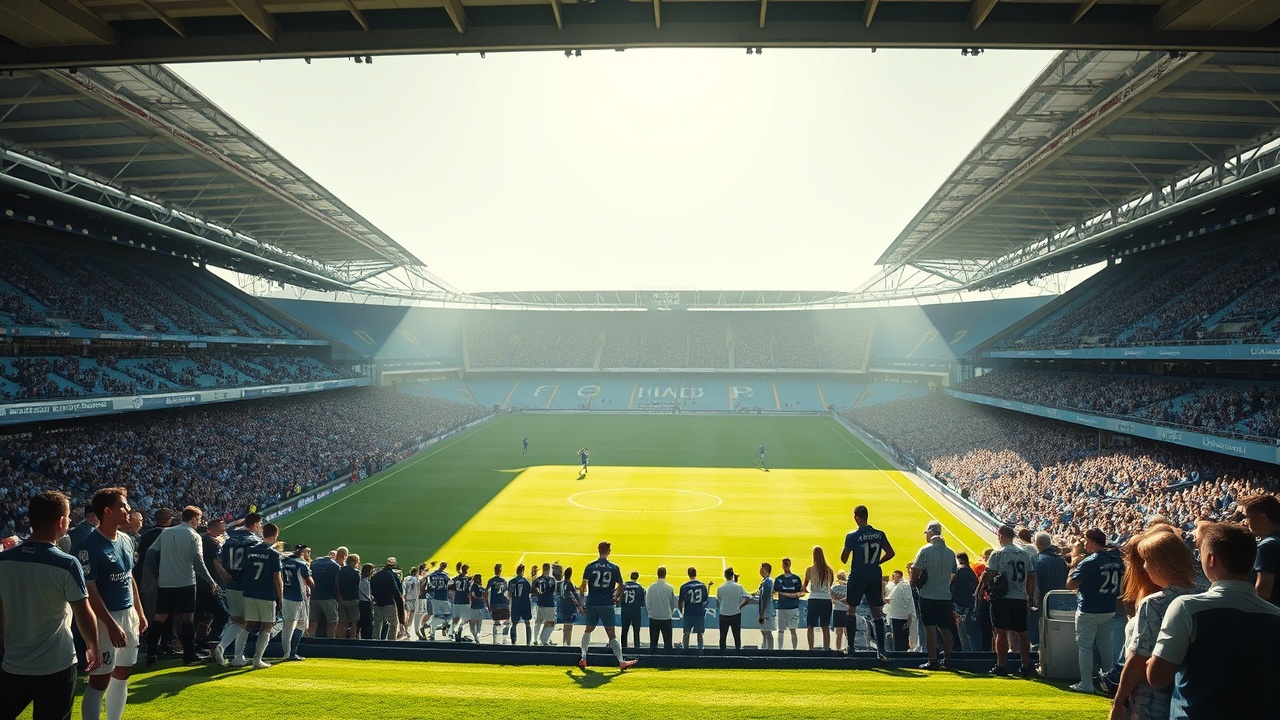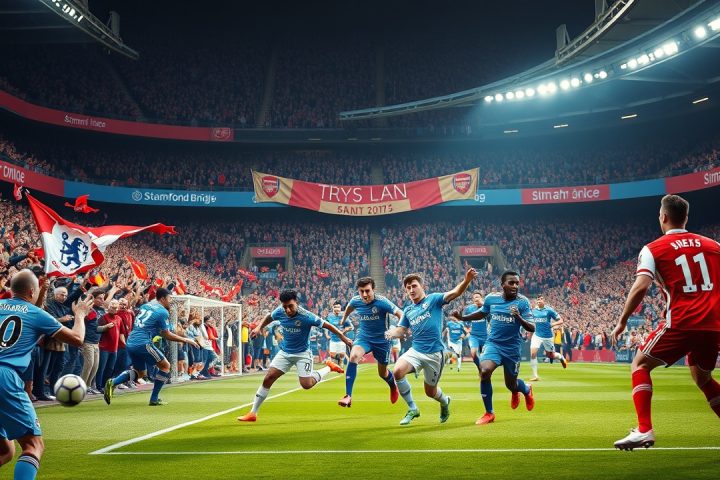Chelsea’s Transformation Under Todd Boehly and Clearlake Capital
Since Todd Boehly and Clearlake Capital took the reins at Chelsea, the club has undergone significant changes, which can be categorized into three main phases.
Phase 1: The Summer and Winter of Todd
Initially, during 2022 and early 2023, dubbed the “Summer and Winter of Todd,” Boehly assumed the dual role of owner and unofficial sporting director, aggressively pursuing high-profile players from the transfer market. This ambition brought in stars like Raheem Sterling, Koulibaly, Mudryk, and Aubameyang, although the club ended the season disappointingly in the lower half of the Premier League despite spending an astounding €630 million on new acquisitions.
Phase 2: Focus on Young Talent
The following summer saw a shift in strategy with a focus on younger talent. This phase resulted in substantial investment—in excess of €400 million—but with mixed results as transfers often carry a degree of risk. However, during this period, Chelsea successfully recruited emerging superstars Cole Palmer and Moisés Caicedo, who became integral to the team and helped secure a sixth-place finish in the league.
Phase 3: Continued Investment and Tactical Depth
Fast forward to last summer, Chelsea continued its trend of acquiring young talent with experience in top leagues. While none of these new signings emerged as standout bargains, they expanded the squad beyond Palmer and Caicedo, enabling the team to field two competitive line-ups for different tournaments. This tactical depth rewarded Chelsea with a UEFA Conference League victory and a fourth-place finish in the Premier League, curiously closer to Arsenal on the table than Arsenal was to Liverpool in first.
Current Challenges and Future Directions
As they entered this summer, Chelsea boasted a youthful squad, returning to Champions League action bolstered by a strong roster. With two rising stars in Palmer and Caicedo, the stage seemed set for potential success, raising questions about the direction of their transfer strategy.
However, recent signings have sparked confusion rather than clarity. Chelsea kicked off this window by investing €35.5 million in 22-year-old striker Liam Delap from Ipswich Town, a player with promising abilities, though his performance metrics raised eyebrows. While the intuition behind acquiring young players is understandable, Chelsea’s approach remained questionable when looking at subsequent signings like João Pedro and Jamie Gittens—each costing substantial fees but lacking proven track records at the highest level. Whether any of these transactions genuinely enhances the team’s capabilities is debatable.
Adding to the complexity, reports suggest that winger Noni Madueke is exploring a move to Arsenal. Given Madueke’s success within the Boehly-Clearlake framework, this potential exit raises eyebrows, especially considering Arsenal is a direct rival.
Boehly and Clearlake also brought innovative financial tactics to Chelsea, utilizing lengthy contracts to optimize transfer expenses, a move that has not come without scrutiny. They even established a relationship with Ligue 1’s Strasbourg, creating a strategic feeder club that allows for more player development and opportunities in a competitive environment. Yet, the objective of this model remains unclear.




